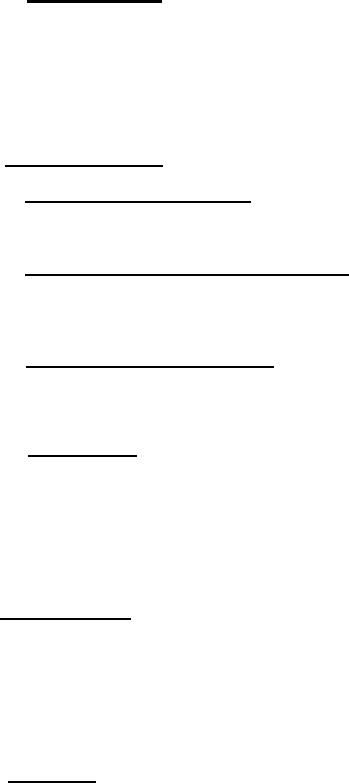 |
|||
|
|
|||
| ||||||||||
|
|  MIL-T-63359(AR)
3.2.2 MIL-F-13926.
a.
Order of precedence
b.
Dimensions and tolerances
c.
Inorganic protective surface finishes
d.
Electrical and electronic assemblies
e.
Part identification and marking
f.
Workmanship
3.3 Environmental.
3.3.1 Storage temperatures. - The telescope shall show no
evidence of physical failure at room temperature (60 to 90F)
after having been thermally stabilized at -70F and +160F.
3.3.2 Standard ambient temperatures. - Subsequent to
meeting the requirements of 3.3.1, the telescope shall meet all
the requirements of this specification except 3.3.3 at a
standard ambient temperature between 60F and 90F.
3.3.3 Operating temperatures. - The telescope shall show no
evidence of physical failure and shall meet the applicable
requirements of 3.9 while thermally stabilized at -40F and
+150F.
3.3.4 Vibration. - The telescope shall show no evidence of
physical failure (loose, missing or broken parts) after having
been vibrated at a frequency of 30 cycles per second at an
amplitude of 1/16 inch (1/8 inch total excursion) for a period
of 5 minutes 15 seconds. Vibration shall not have caused the
eyepiece are to disengage from the initially engaged position.
Subsequent to vibration, the telescope shall meet the require-
ments of 3.4 to 3.10 inclusive.
3.4 Cleanliness. - The telescope shall meet the cleanliness
requirements of Specification MIL-O-13830. There shall be no
more than 2 particles of dirt visible in the center zone (.614
inch diameter) of the reticle, and the area of each particle
shall not be in excess of the area equivalent to a size 10 dig.
There shall be no more than 5 particles of dirt visible in the
outer zone of the reticle, and the area of each particle shall
not be in excess of the area equivalent to a size 20 dig.
3.5 Sealing. - The telescope shall maintain an internal
pressure of dry nitrogen at 5 pounds per square inch (psig) for
a minimum period of 2 hours without loss of pressure in excess
3
|
|
Privacy Statement - Press Release - Copyright Information. - Contact Us |